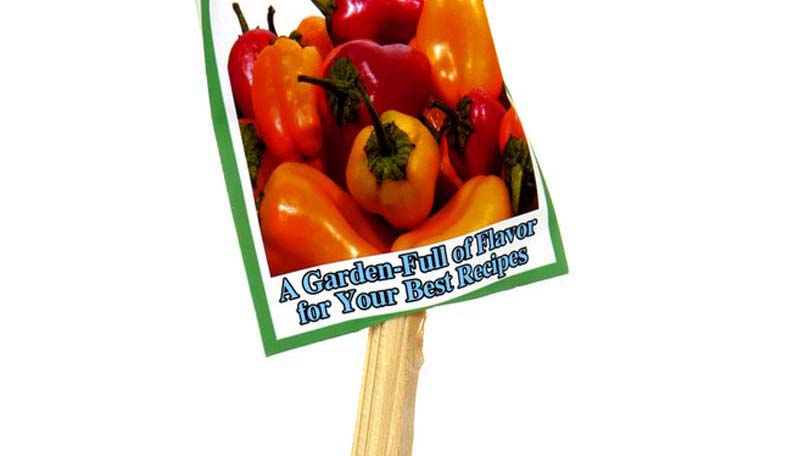
Peppers, there are hundreds of them and they are so easy to grow. Whether you like tangy bells in your stir-fry, sweet bananas in your salads, or a hot bite of jalapeños to top off your beans, growing peppers is for you. There are a great variety of peppers to choose from and they are a definite complement to any meal whether eaten fresh, used in sauces, boiled, steamed, roasted, pickled, or dried. They are remarkable cooked on the grill or even fried. What is incredible about peppers is that they are loaded with vitamins, they are usually a “free item” on diets and above all, they are tasty. There are just a few things you need to know to become an awesome gardener of peppers!
Choosing Your Peppers
The first thing you need to do is to decide what varieties of peppers you wish to grow. Reading gardening books about peppers and recipe books will give you a good idea about what to get based on how you will use them. It is recommended that you grow a few different types based on the flavor from sweet to hot and spicy. After you have grown peppers for a few years, you will have had the time to experience with different types and you are sure to have favorites.
Whether to grow peppers from seeds or from transplants is an individual choice. If you grow from seeds, it will be less expensive, but it will take a lot longer before you start to produce peppers. Unless they are just into growing seedlings, most gardeners prefer transplanting started plants. You can find seeds and started plants for peppers in any garden center.
When buying started pepper plants, make sure that they are healthy, with three to five sets of green leaves and sturdy stems. This is a good indication that they roots are good. Don’t buy wilted, unhealthy-looking plants or plants that haven’t leaved.
Determining Where to Plant Them
There are three important ingredients to a thriving pepper garden. They are direct sunlight, water and well-draining, fertile soil. So choose a spot that gets direct sunlight for most of the day. You can ensure that the soil is right by composting aged manure into the soil. This will give them a nitrogen fix to get them started. If you can, it is good to lay black plastic mulch to keep the ground warm in early spring, but in warm places, that isn’t necessary. One last thing in selecting a place for your pepper plants – it isn’t good to plant peppers in the same place two years in row because the soil will be depleted which makes the peppers more susceptible to disease.
Knowing When to Plant Them
Peppers are not tolerant to frost. If you are starting them from seeds, they need to be indoors and started in the late winter. Transplants should be planted in the spring after the last frost when the air and soil have become warm.
How to Plant Them
The pepper transplants should be spaced eighteen to twenty-four inches apart. The holes need to be deep enough to cover the roots of the transplant. To prepare for planting you will need to fill the holes with water and wait for it to soak in. Take care in removing the transplants from their container avoiding disruption or breakage of the roots. Place the plants in the holes and bury the roots with soil leaving a slight dip around each plant to hold water. After the transplants are planted, water them.
How to Care for Peppers
Peppers are relatively easy to care for. They need deep watering to develop strong roots and to prevent wilting. Spraying them down with water occasionally using a light sprayer and using a soaking hose is ideal for watering your pepper plants. It’s important to keep weeds away from them. Hoeing to close to the plants can be a problem, so hand-picking the weeds may be necessary.
Most pests don’t like peppers, but aphids are their primary problem. They can be controlled by aphid eaters, like the ladybug, or by using chemicals that are recommended for aphid control. If you have leaf spots, you need to check with a local expert to find out what to use to spray your plants because that is a sign of disease.
When to Pick Peppers
Usually, peppers need to be harvested when they are mature. If you pick the peppers frequently, you will definitely the increase the yield of the crop. If you pick immature peppers, most of them will still develop. Leaving peppers on the plant until they are fully ripe may help to improve the flavor with some peppers.
